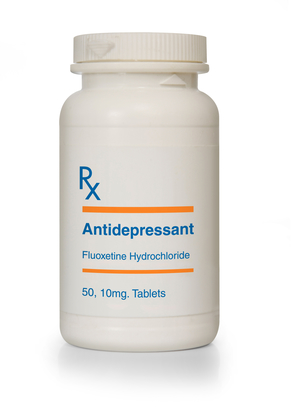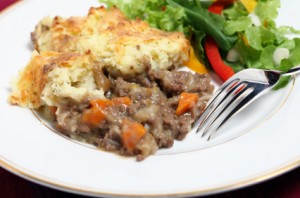 Finally – a grain-free Paleo shepherd’s pie, the pub classic.
Finally – a grain-free Paleo shepherd’s pie, the pub classic.
You won’t miss the potatoes in this recipe when cauliflower and parsnips take their place.
This recipe is GAPS, SCD and Paleo-legal.
Serves: 12
Prep time: 30 minutes
Cook time: 30 minutes
Ingredients
- 1 lb ground, grass-fed beef
- 1/2 lb ground bison
- 3-1/2 oz shiitake mushrooms (roughly chopped)
- 2 large beefsteak tomatoes (large dice)
- 1 medium yellow onion (diced)
- 2 stalks celery (chopped)
- 1 large carrot (peeled and coarsely chopped)
- 2 teaspoons coconut aminos
- 6oz tomato paste
- 1 tablespoon fresh thyme leaves
- 1 head cauliflower (chopped)
- 4 large parsnips (peeled and coarsely chopped)
- 3 tablespoons pastured ghee
- sea salt (to taste)
- freshly ground black pepper (to taste)
Directions
Pre-heat oven to 350 degrees.
In a medium pot with a steamer basket, steam cauliflower and parsnips until fork tender.
While that is cooking, add onion, celery, carrots, mushrooms, tomatoes, coconut aminos, thyme, salt and pepper to a large skillet with 1 tablespoon of ghee. Cook on medium until onions are translucent and veggies are tender. Add ground meat and tomato paste.
Cook stovetop mixture on medium until meat is cooked. Simmer for 10 minutes to allow juice to boil off.
In a baking dish (smaller if you like thicker layers or larger is you like thinner layers), spoon in meat mixture.
Mash cauliflower and parsnips with remaining ghee. Season to taste with salt and pepper.
Spread cauliflower mixture over the meat mixture. Bake for 30 minutes. Let rest for 20 minutes. Serve.
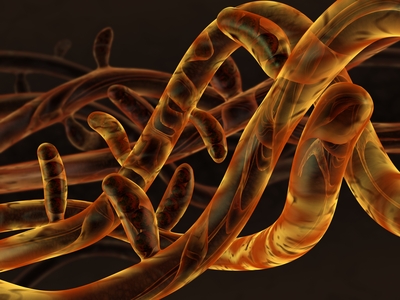 Gut dysbiosis — this topic is the motherlode. It’s one of the two core (in my opinion) reasons for the explosion of chronic childhood illnesses we see today.
Gut dysbiosis — this topic is the motherlode. It’s one of the two core (in my opinion) reasons for the explosion of chronic childhood illnesses we see today.
 My older son with sensory processing disorder (SPD) benefited greatly from going to a land-based occupational therapist (OT) for six months. I asked her what we should do about him learning to swim, given that he had such a bad experience with it when he was 2 years old.
My older son with sensory processing disorder (SPD) benefited greatly from going to a land-based occupational therapist (OT) for six months. I asked her what we should do about him learning to swim, given that he had such a bad experience with it when he was 2 years old.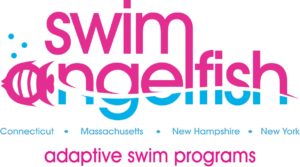 WARNING: I am a huge, biased fan of Cindy Freedman and Ailene Tisser of
WARNING: I am a huge, biased fan of Cindy Freedman and Ailene Tisser of  When my older son was 3-1/2, I finally learned that he had sensory processing disorder (SPD); this realization let me recognize the signs later on that my younger son had it as well.
When my older son was 3-1/2, I finally learned that he had sensory processing disorder (SPD); this realization let me recognize the signs later on that my younger son had it as well. Here’s how I finally got help for Sensory Processing Disorder.
Here’s how I finally got help for Sensory Processing Disorder.
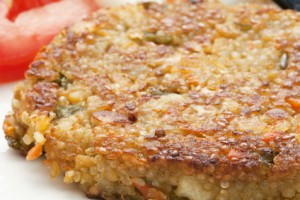 You can serve these kale quinoa patties as a veggie burger on a bun or use one to top a salad of mixed greens.
You can serve these kale quinoa patties as a veggie burger on a bun or use one to top a salad of mixed greens.